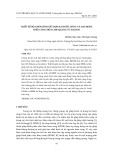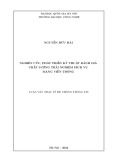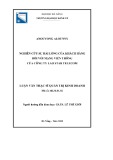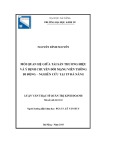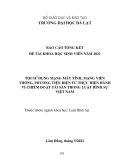
3
Long-haul
.
Communication
None
of
the circuits that we have
so
far discussed are suitable as they stand for long haul
communication.
To
get
us
anywhere with long haul we need to address ourselves to the following
inescapably pertinent topics:
0
attenuation
(loss
of
signal strength over distance)
0
line loading (a way of reducing attenuation on medium length links)
0
amplification (how to boost signals on long haul links)
0
equalization (how to correct tonal distortion)
0
multiplexing (how to increase the number of ‘circuits’ that may be obtained from
one physical cable)
In
this chapter we discuss predominantly how these line issues affect analogue transmission
systems and how they may be countered. The effects on digital transmission are discussed in
later chapters.
3.1 ATTENUATION AND REPEATERS
Sound waves diminish the further they travel and electrical signals become weaker as they
pass along electromagnetic transmission lines. With electrical signals the attenuation
(as this type
of
loss
in signal strength is called) is caused by the various electrical properties
of the line itself. These properties are known as the
resistance,
the
capacitance,
the
leakance
and the
inductance.
The attenuation becomes more severe as the line gets longer. On very
long haul links the received signals become
so
weak as to be imperceptible, and something
needs
to
be done about it. Usually the attenuation in analogue transmission lines is
countered by devices called
repeaters,
which are located at intervals along the line, their
function being to restore the signal to its original wave shape and strength.
29
Networks and Telecommunications: Design and Operation, Second Edition.
Martin P. Clark
Copyright © 1991, 1997 John Wiley & Sons Ltd
ISBNs: 0-471-97346-7 (Hardback); 0-470-84158-3 (Electronic)












